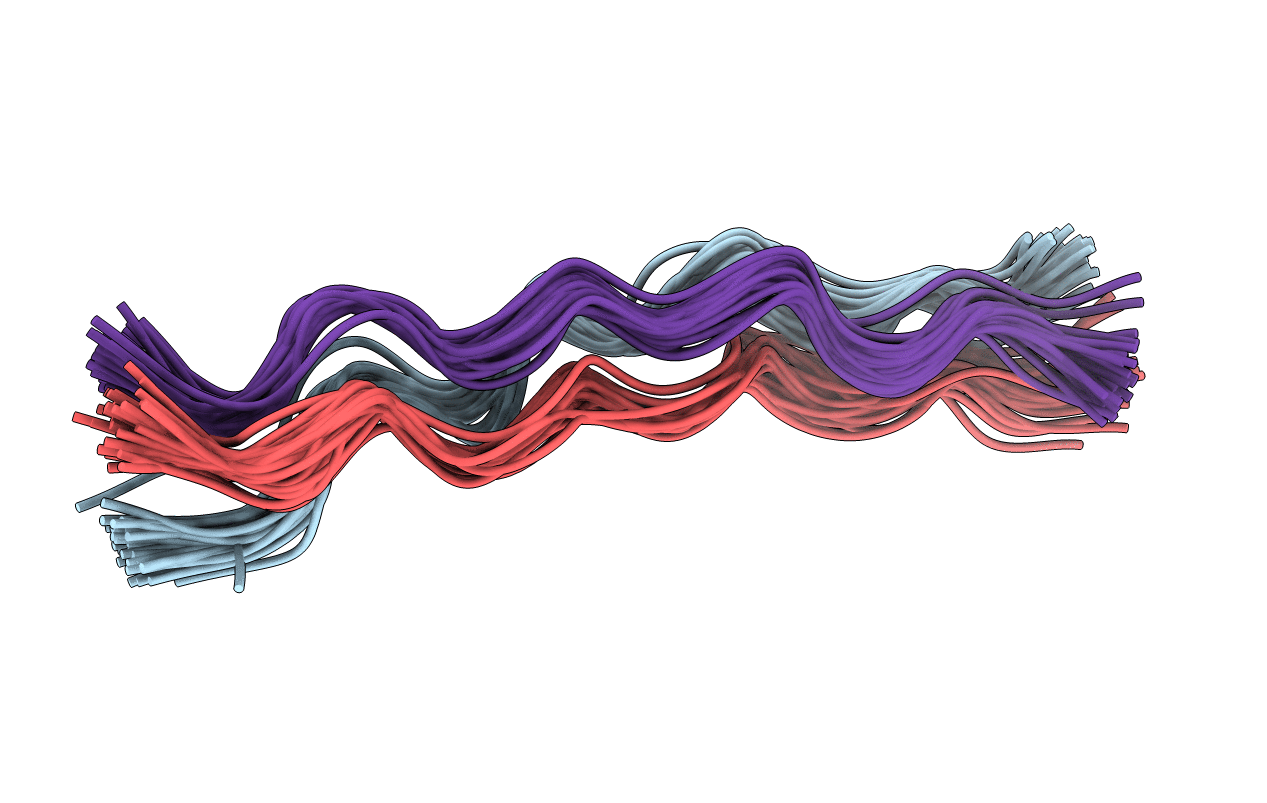
Deposition Date
2011-11-15
Release Date
2012-05-30
Last Version Date
2024-05-01
Entry Detail
PDB ID:
2LLP
Keywords:
Title:
Solution structure of a THP type 1 alpha 1 collagen fragment (772-786)
Biological Source:
Source Organism:
Homo sapiens (Taxon ID: 9606)
Method Details:
Experimental Method:
Conformers Calculated:
900
Conformers Submitted:
30
Selection Criteria:
structures with the least restraint violations


